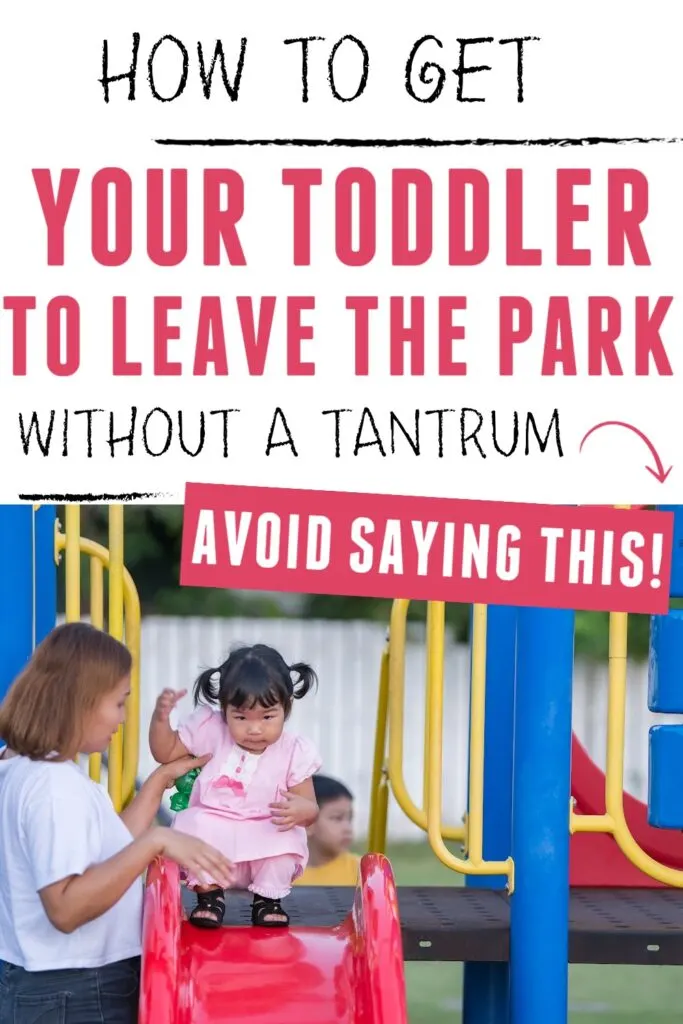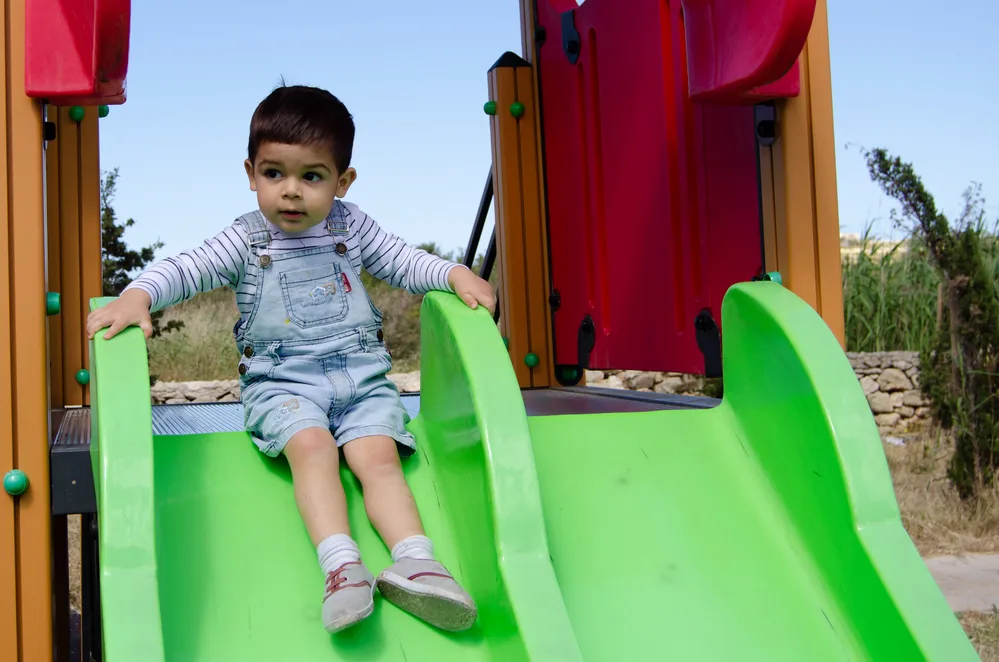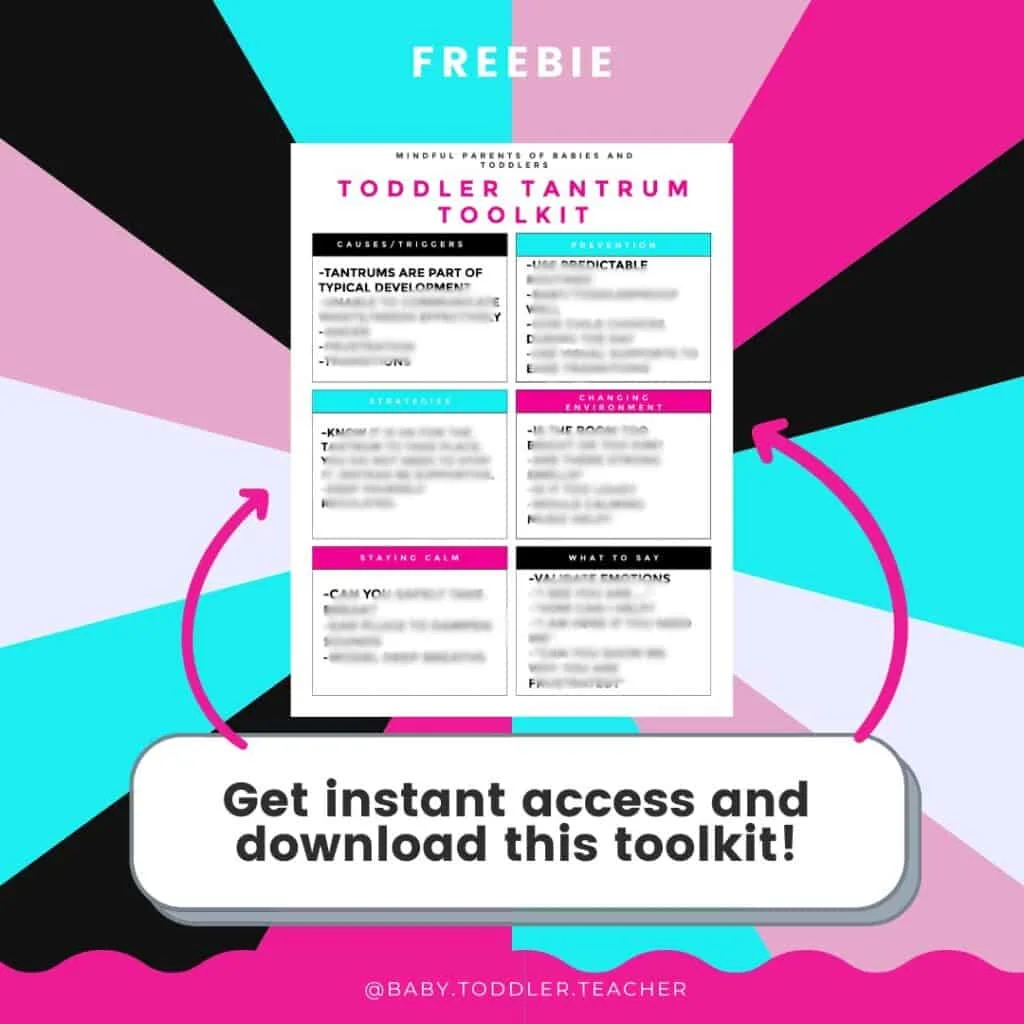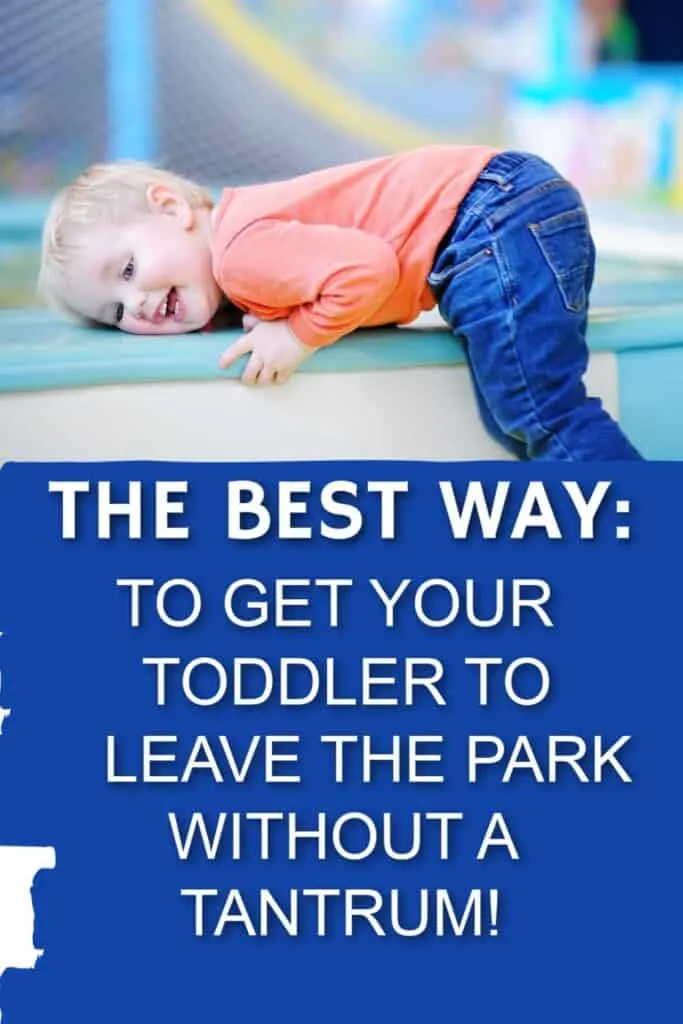It’s a scenario parents worldwide are familiar with; a gleeful toddler is happily immersed in play at the park, and suddenly, you announce they have “just 5 minutes left.”
Cue the epic meltdown.
But why does this happen and, what should parents do instead?
Here’s a deeper look at the learning capacities and emotional development of toddlers and what we, as parents, can do to facilitate smoother transitions away from the sandbox and homeward bound.

Why Time Telling to Tots Does Not Work Well
Your Toddler Can Not Tell Time
One skill your toddler likely has not mastered yet is telling time.
Sure they may know what a clock is but saying “5 minutes” is not something they can truly comprehend because they have not learned the concept.
Toddlers do not have a sense of time in the same way that adults do.
They may understand basic concepts like “morning” and “night” but breaking down minutes, hours, and days is still too abstract for them.
Emotional Overload
The approaching end of a beloved activity sparks a blend of FOMO (fear of missing out) and frustration.
Add in a dose of surprise (because “5 minutes” doesn’t have a visual representation for them), and you’ve inadvertently created a recipe for tantrums.
Now that we have talked about why it may not be the best option…let’s cover what else you can try instead!
Techniques for Seamless Transitions
Here are several alternative and effective methods to transition your child away from playtime:
Make It a Game
Transform the unwelcome end-of-fun into an interactive challenge. Who can pick up the most blue sand? What’s the fastest way to get to the car – hopping, skipping, or jumping?
This technique can also work wonders when you are trying to get your toddler dressed or getting them to brush their teeth.

Offer Choices
Give your little one a sense of control by offering choices.
Ask them what they want to do for their last thing before it is time to head home.
“Do you want to go down the slide or swing one more time before we head to the car?”
You could also try something like, “Do you want to go down the slide 3 more times or 1 more time before we head home?”
Such agency often eases the transition, with decision-making empowering the child and preventing battles.
Establish Goodbye Rituals
Wave at the swings, say ‘see you later’ to the friendly park bench—rituals provide closure and a clear mental division between two different settings.
Use Transition Toys
A favorite stuffed animal can serve as a transition tool. “Time for your bear to go in the car seat first!” The focus on the toy—a symbol of comfort and security—can distract from the end of play.
Sensible Language Shifts
Opt for language that children can understand. Instead of ‘time’s up,’ try, “The sun is going to bed; we need to go home like it does.”
Narrate the Process
Be a sportscaster for your child’s life. “We’re leaving the park, and then we’ll have a drink in the car. After that, it’s nap time!” This play-by-play keeps them informed and minimizes surprises.

Real-World Implementation
Putting these strategies into practice may just transform your park trips from battlegrounds to bonding experiences.
Keep in mind that all kiddos are different and not every strategy will work every time!
Tantrums are part of toddler development…they are going to just happen sometimes.
When they do happen, try to stay calm and regulated and support your little one.

Related Posts You Will Enjoy
7 Strategies to Get Your Toddler to Try New Foods
How to Have a Stress-Free Shopping Trip with Your Toddler
10 Things Your Toddler Can Learn at Snack Time

Kayla O’Neill has a master’s degree in education as well as a bachelor’s degree in special education with an emphasis in early childhood education. She has been working as a developmental therapist with babies and toddlers in early intervention since 2012. She is also a mom with two young children.